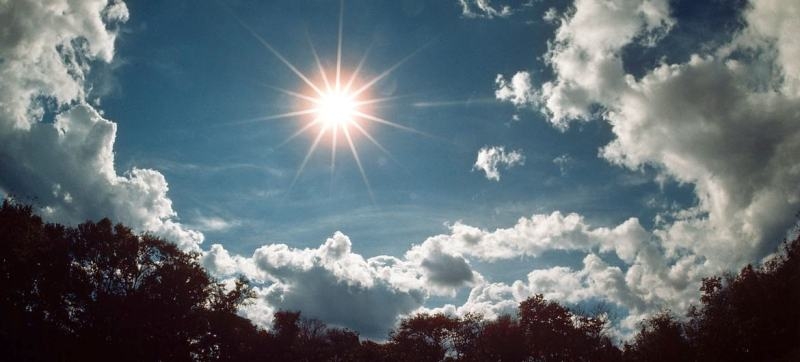- Tarique Rahman returns home amid rapturous reception |
- Home After 17 Years: Tarique Returns to Gulshan Residence |
- Tarique Calls for United Effort to Build a Safe Bangladesh |
- Tarique leaves for 300 feet area from airport |
- BNP top leaders welcome Tarique Rahman on homecoming |
Climate change: Ozone layer still well on track for full recovery

The ozone layer can protect the environment. UN Photo-R. Kollar
16 September 2024 - New evidence in the World Meteorological Organization’s (WMO) annual Ozone and UV Bulletin published on Monday reveals strong evidence that the ozone layer is well on track for a long-term recovery.
The Ozone and UV Bulletin’s release coincides with World Ozone Day which celebrates the implementation of the Montreal Protocol and the later amendment to the pact, known as the Kigali Agreement. That key international agreement saw an end to the production of “damaging ozone-depleting substances.”
Noting that the ozone layer is on the road to recovery, the UN Secretary-General, António Guterres, said further protection measures are essential.
“The Protocol’s Kigali Amendment, which focuses on phasing down hydrofluorocarbons (HFCs) – powerful climate-warming gases – can contribute to advancing climate mitigation efforts, protecting people and planet,” the Secretary-General said. “And that is needed more than ever, as temperature records continue to shatter.”
Ozone layer recovery
The UN weather agency said ozone could recover to 1980 levels - before any hole in the ozone layer appeared - by around 2066 over the Antarctic if current policies remain.
This could also lead to full recovery of the layer by 2045 over the Arctic and 2040 for the rest of the world.
Matt Tully, Chair of WMO’s Scientific Advisory Group on Ozone and Solar UV Radiation, said the organization’s Global Atmosphere Watch (GAW) Programme is continuously providing crucial support for ozone science by means of observations, analysis, modelling, data stewardship and capacity-building.
“It is critical that observations of ozone, ozone-depleting substances and ultraviolet (UV) radiation are maintained with the quality, resolution and global coverage necessary to account for changes in ozone over the coming decades,” Mr. Tully said. “Many factors will influence the expected recovery of ozone, which must be fully measured and understood.”
Other findings
WMO’s bulletin also provided details on strategies to protect human health and the environment from ultraviolet radiation while exploring the impact of weather patterns and a significant volcanic eruption, on the Antarctic ozone hole in 2023.
It states that the “total column ozone values in 2023 were within the range observed in previous years and in line with expectations, owing to the beginning of the decline of ozone-depleting chlorine and bromine in the stratosphere.”
While the bulletin details positive changes to the Antarctic ozone hole, it found that are atmospheric events can have a big impact on how the ozone hole develops periodically.
WMO says scientists still have some gaps in understanding these variables and will continue to monitor the ozone layer closely to explain any unexpected changes. - UN News

